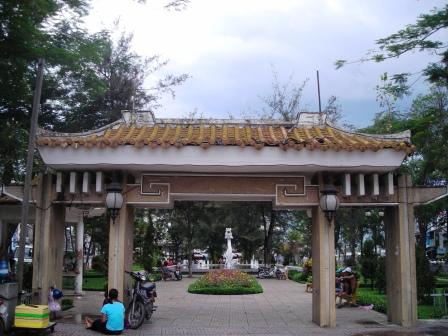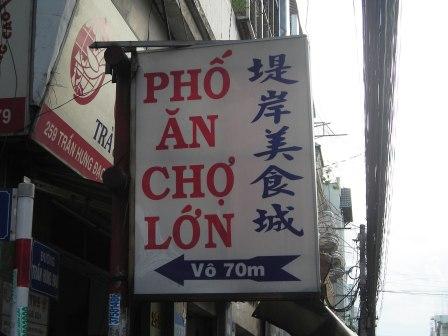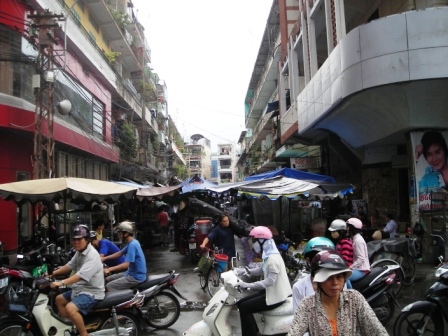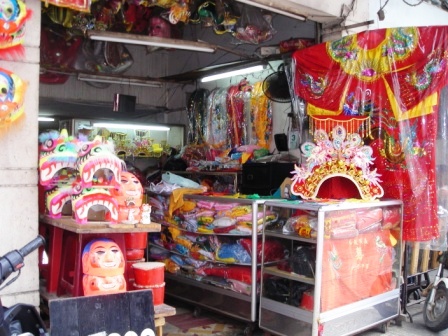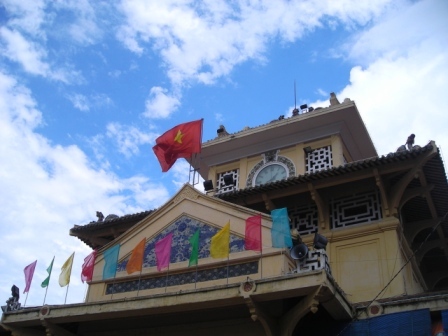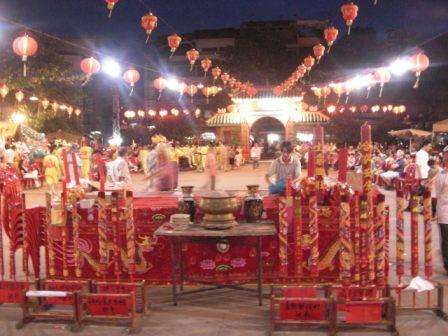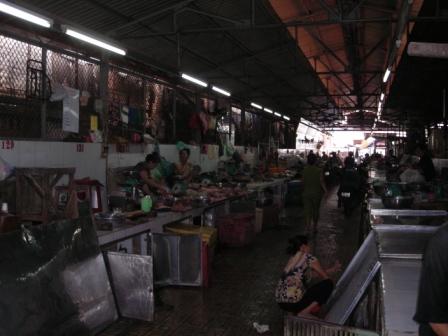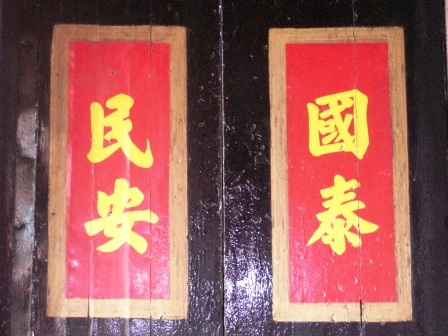 Cholon,堤岸, Ho Chi Minh, Saigon, Chinatown Cholon,堤岸, Ho Chi Minh, Saigon, Chinatown
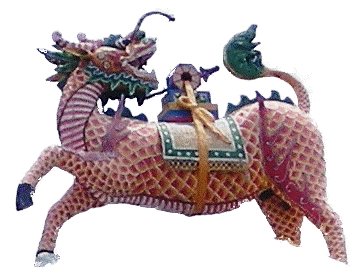 The largest Chinatown in Vietnam is Cholon, 堤岸, in district 5 and 6 of Ho Chi Minh, 胡志明, former Saigon. Cholon’s current status was the result of political developments in the 18th and 19th centuries. The largest Chinatown in Vietnam is Cholon, 堤岸, in district 5 and 6 of Ho Chi Minh, 胡志明, former Saigon. Cholon’s current status was the result of political developments in the 18th and 19th centuries.
In 1772, the Tay Son rebellion led by three Vietnamese brothers overthrew the Nguyen rulers. A young prince Nguyen Phuc Anh, 阮福映, or commonly recorded as Nguyen Anh, managed to escape from the Tay Son forces and eventually recovered the southern Vietnam as his base. Both contending parties regarded the Chinese population in Vietnam as sources of manpower and financial support. This relationship placed the Chinese in a delicate situation.
In 1776, the Tay Son forces pillaged the Chinese trading centre under their control. The Chinese population fled and joined existing Chinese communities in Cholon. Unfortunately, the Tay Son forces captured Cholon six years later and massacred about 10 000 Chinese for their support of the Nguyen lords.
In 1802, Nguyen Anh managed to defeat the Tay Son forces with French help. He founded the Nguyen dynasty, ascended the throne as Emperor Gia Long, 嘉隆, and established his capital at Hue. Although he managed to unify Vietnam, his reliance on the French to defeat Tay Son forces opened the door for French influence in Vietnam.
While the Nguyen court resisted and attempted to contain western political influence, they could not escape the forces of colonization that was unfolding in other parts of Asia and around the world. By 1887, eighty five years after the founding of Nguyen dynasty, Vietnam was incorporated into the French Indo China. This new environment attracted many Chinese to Vietnam and expanded the population of Cholon.
These political events and the resulting Chinese population shifts were reflected in the emergence of new Chinese public institutions like clan associations, temples, and monasteries alongside existing ones. Relatively new temples include Jade Emperor Temple, Chua Ngoc Hoang.
These institutions enabled the Chinese populations to organize themselves socially and to address religious and cultural needs.
Similar to some Chinatowns such as Manila Chinatown, the Chinese and the local population have different names for the same area. Cholon, meaning “big market”, is the Vietnamese name for the area but the Chinese refer to it as ti-an, 堤岸, meaning an embankment.
The central market in Cholon is the Binh Tay market offering a wide range of products from food to clothing to daily necessities. It is also a wholesaler market and a tourist attraction. The founding dates of the various clan associations, temples, monasteries and Chinese institutions act as markers of Chinese activities and development of Cholon. Some of these institutions existed before the Tay Son rebellion while others were established during the French rule.
They are the embodiment of Chinese cultural life as traditional religious and cultural events continue to be celebrated and commemorated in these institutions. See Mid Autumn celebration in Nhi Phu Club.
The Vietnam Government has recognized many of these temples and clan associations as national level historical and cultural sites and the committee members of respective organizations continue to restore and to maintain the physical structures. These historical sites also function as tourist attractions and contribute to the tourism industry of Ho Chi Minh and Vietnam.
Another indication of Chinese activities in Cholon is the number of shops specializing in Chinese cultural and ritual items like religious objects and lion dance equipments. Walking around Cholon, it is also not difficult to spot traditional Chinese practices like shrines to earth gods outside homes and shop houses and most obviously of all, Mandarin pop songs blasted from home entertainment systems.
Today as modern buildings emerged in Cholon, the historical clan associations, temples and monasteries served as markers of history, reflect the relationship between the Chinese population and the state and continue in their roles as centers of Chinese cultural activities.
Related articles

|

 Cholon,堤岸, Ho Chi Minh, Saigon, Chinatown
Cholon,堤岸, Ho Chi Minh, Saigon, Chinatown The largest Chinatown in Vietnam is Cholon, 堤岸, in district 5 and 6 of Ho Chi Minh, 胡志明, former Saigon. Cholon’s current status was the result of political developments in the 18th and 19th centuries.
The largest Chinatown in Vietnam is Cholon, 堤岸, in district 5 and 6 of Ho Chi Minh, 胡志明, former Saigon. Cholon’s current status was the result of political developments in the 18th and 19th centuries. 